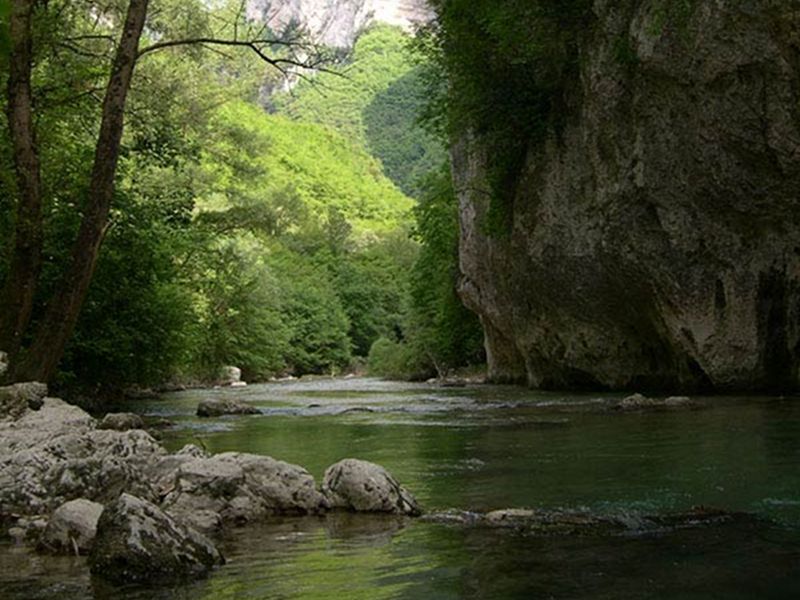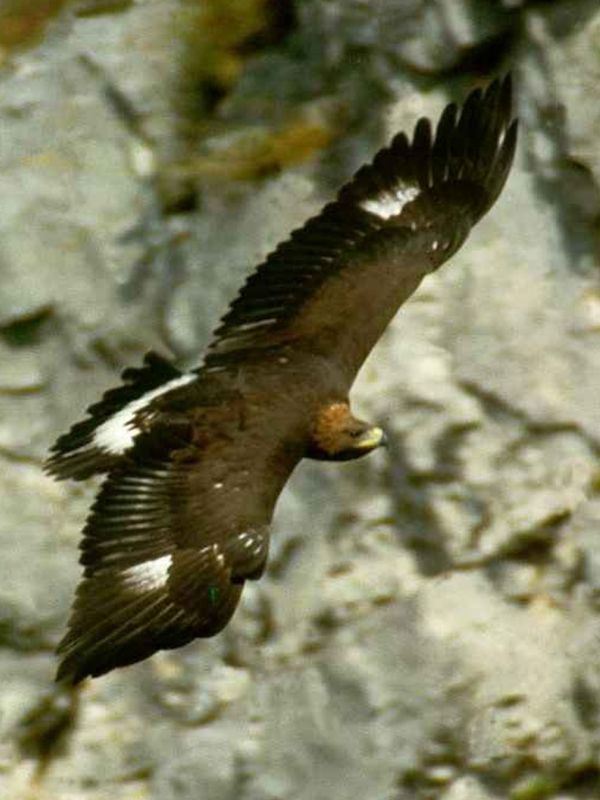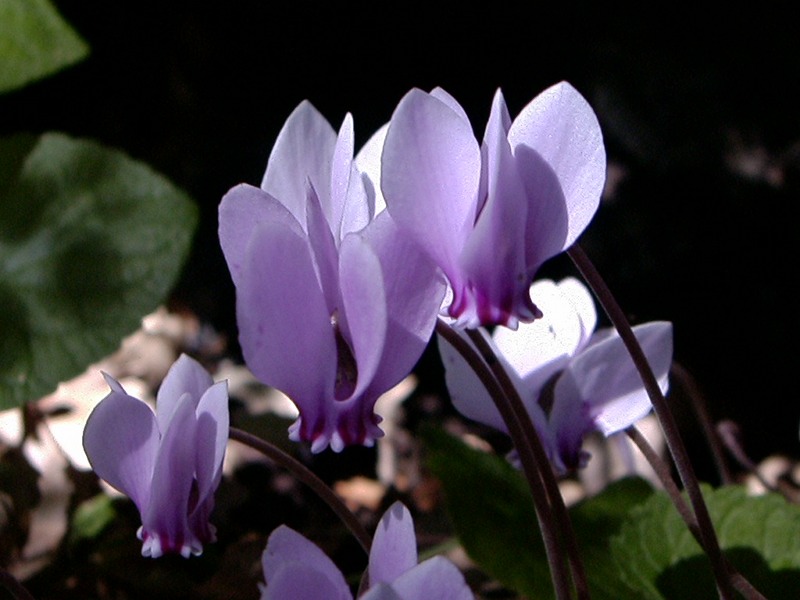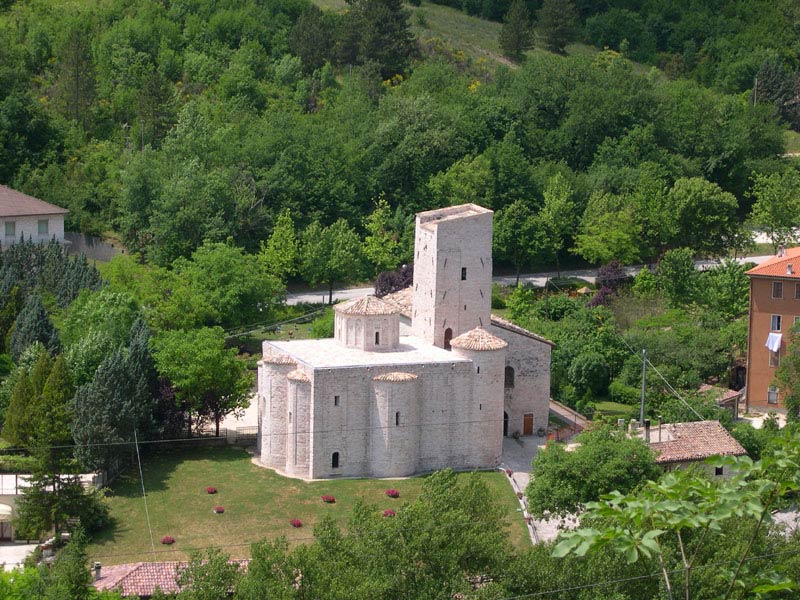Protected Area
Identity Card
- Land Surface Area: 10'026.00 ha
- Regions: Marche
- Provinces: Ancona
- Municipalities: Arcevia, Cerreto d'Esi, Fabriano, Genga, Serra San Quirico
- Establishment Measures: LR 57 02/09/1997 - DCR 60 del 26-06-2007
- PA Official List: EUAP1054
- Park Authority: Unione Montana dell'Esino Frasassi
The Park is a natural oasis offering the possibility to go along several paths and to admire the floral and faunistic beauties which are typical of the pre-Apennine environment. The natural phenomena characterizing this area are very interesting: among them, karst phenomena and sulphurous water springs. A wonderful example of karst phenomenon is the suggestive Gola di Frasassi (Italian text), dug by the waters of the river Sentino, which has shaped these places for millennia, creating rocky cliffs and a wonderful subterranean world: Grotte di Frasassi.
Geological and Speleological Aspects
The phenomena creating the current landscape have been several and fascinating.
Fossils and calcareous particles which can be seen where the rock
outcrops reveal that, millions of years ago, the area coincided with
the bottom of the sea and that was subject to the accumulation of
sediments.
In the course of time, first tapered ridges appeared, and then grounds
made of very pure solid limestone which, dug by the rivers, generated
deep gorges.
The
slow corrosive process caused by the reascending of deep sulphurous
waters has created huge hypogean holes, which present themselves
nowadays as karst complexes with overlapping floors in the spectacular
phenomenon of Grotte di Frasassi.
Fauna
The fauna of the Park highlights some species of considerable
naturalistic interest for the Marches. First of all, the golden eagle,
which represents the top of the food chain made of mammals, birds,
amphibians, fish, and crustacea.
Among the wild species, there are the wolf, the gowshawk, the lanner, and the peregrine.
The
number of hypogean cavities present in this area are populated by
different species of chiropters. Among the cave dwelling species,
besides the newt of the caves, there is Niphargus sp., a very rare and very small crustacean populating the small lakes present in the caves.
Flora and Vegetation
The great variety of ecological conditions of the territory allows the development of very different kinds of vegetation.
The
calcareous strata of the hills are covered with hop hornbeams, while
the marly-arenaceous ones with wooly oaks and sometimes Turkey oaks.
The mountains are mainly dominated by beech tree woods. On the warmest
slopes of the rocky gorges, there is a typically Mediterranean
vegetation with holm oak, wild madder, terebinth, phyllirea, strawberry
tree, asparagus, and common smilax.
The rocky environment of the gorges houses a discontinuous vegetation made of rare floristic species like Potentilla caulescens, Campanula tanfanii, the saxifrage, and the very rare Moehringia papulosa.
In the rocky pastures you can find species of considerable value, such as the rue, Sesleria italica, the King's spear, Vesicaria, Iberis saxatilis, and the Carniola's broom.
Historical-Artistic Aspects
The territory of Gola della Rossa is one of the most important communication tracks of the Marches linking the Adriatic area to Rome. Already during the Roman epoch, and even more in the Middle Ages, this strategic role has determined and favoured the development of the settlements: a thick network of castles and monasteries of which several rests have remained. Among the most important ones there are: the large historical town center of Serra San Quirico, the Sanctuary of Frasassi, the Abbeys of Sant'Elena, San Vittore delle Chiuse, and Valdicastro, the Castles of Genga, Pierosara, Avacelli (Italian text) and Castelletta.










